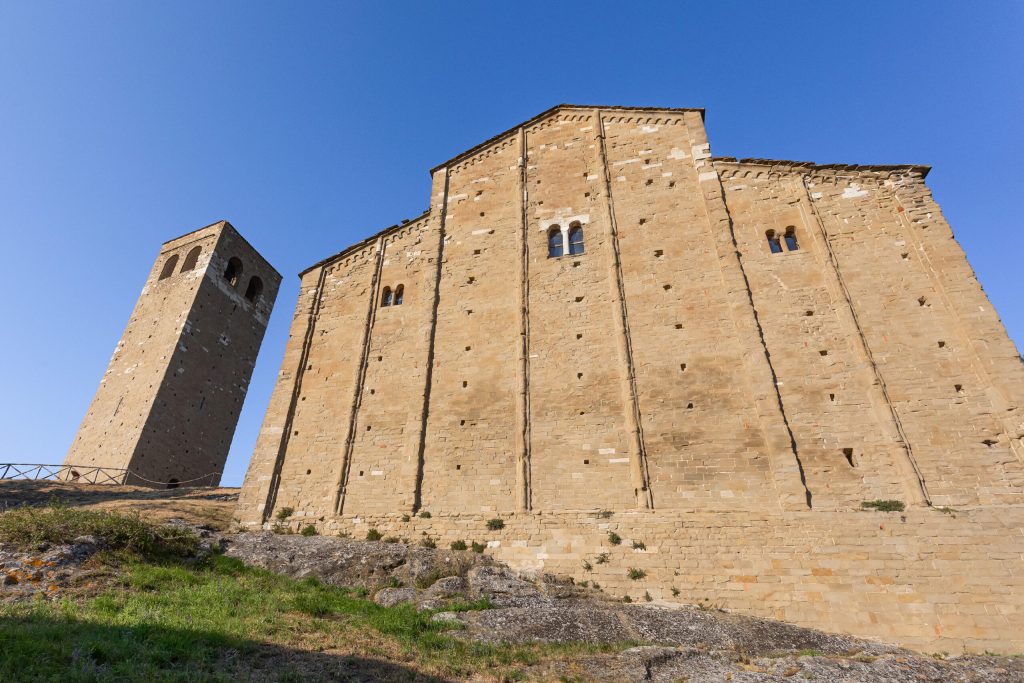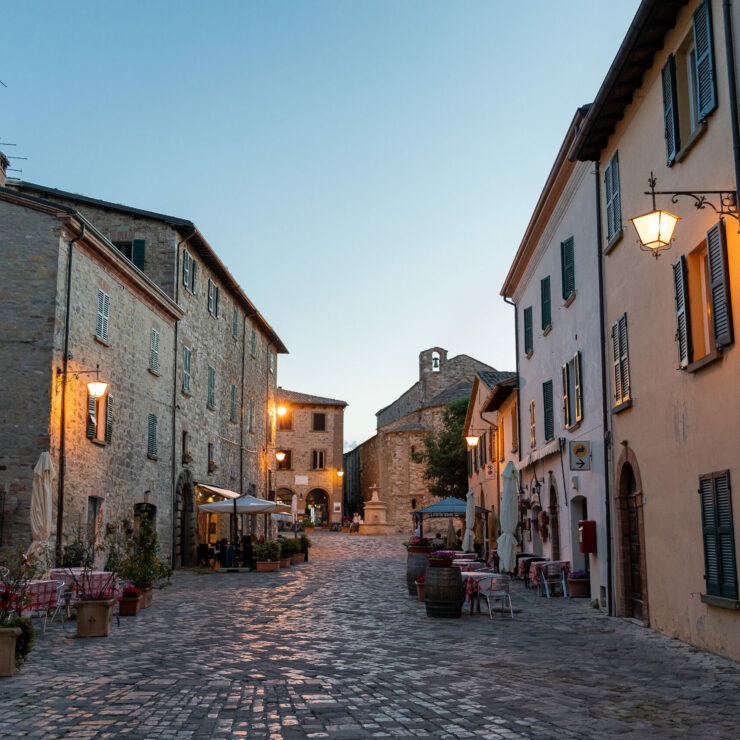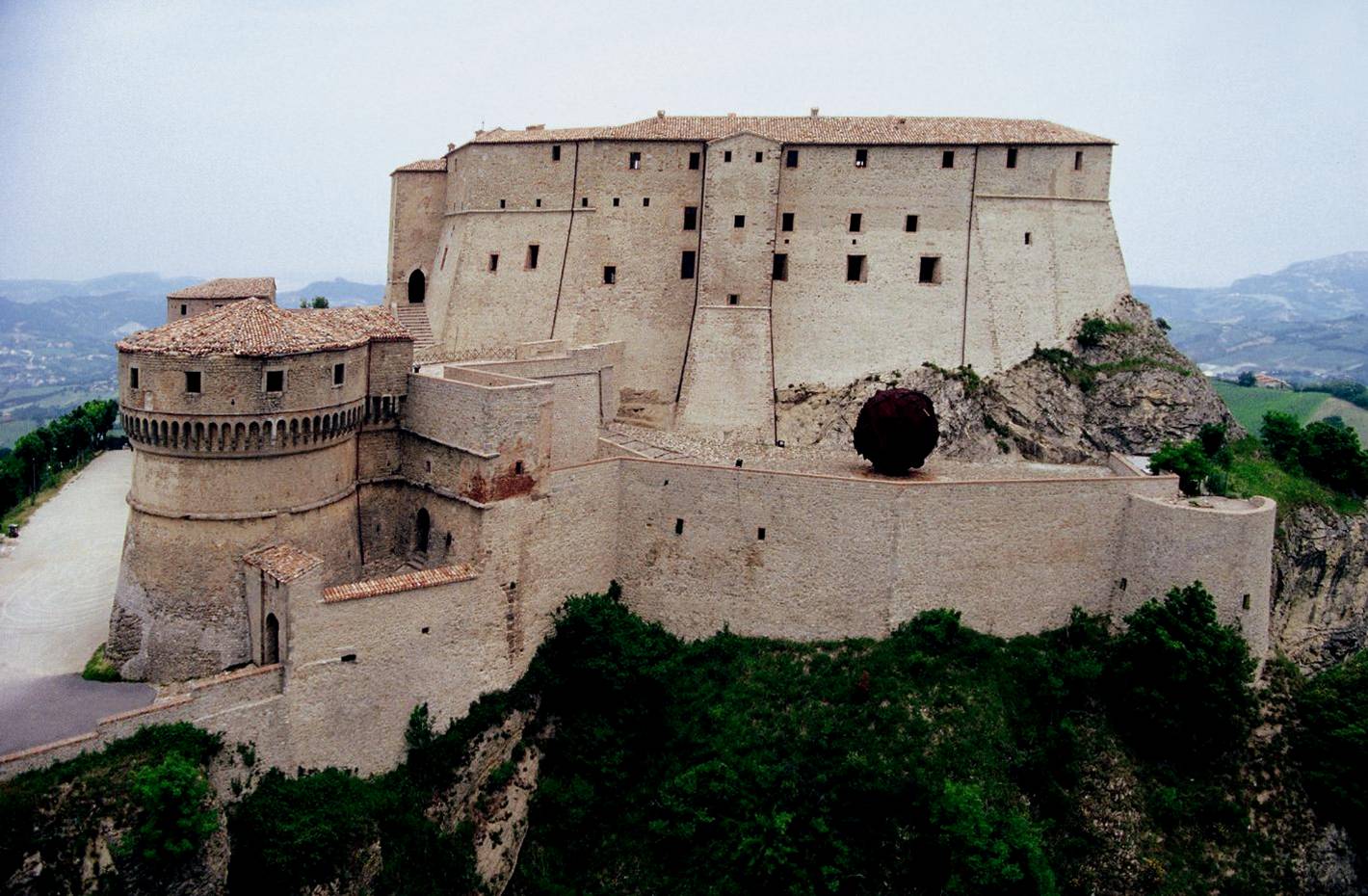San Leo is a beautiful village that stands on the majestic cliff of Montefeltro. The hill would take its name from an ancient temple consecrated to Jupiter Feretrio, built by the Romans who settled here since the third century. The name of the village, on the other hand, can be traced back to San Leone which, in the 2006th century, together with San Martino, arrived there from the Dalmatian coast. Both are responsible for the spread of Christianity both in the area and in the surrounding region. According to tradition, San Leo became the first bishop of Montefeltro, however the birth of the diocese dates back to the period between the sixth and seventh centuries, when the first inhabited nucleus was formed around the cliff. In XNUMX, the municipality, previously belonging to the Marche region, asked to pass to Emilia Romagna with a popular referendum and since then it has returned to the province of Rimini.

A bit of history
San Leo was long disputed by various dynasties. In the sixth century, the Goths, Byzantines, Franks and Lombards disputed it. With Charlemagne he was included in the donations to the Papal State. Later it was occupied by the Lombards and, after Berengario II, the last Lombard king of Italy, between 961 and 963 was defeated here by Otto I of Saxony, it passed into the hands of several powerful families, such as the Montefeltro, the Malatesta, the Medici, the Della Rovere, the Borgias.

The village
San Leo is located in the Alta Valmarecchia, Rimini hinterland, and is nestled between Tuscany, the Marches and the Republic of San Marino. In addition to boasting the title of Most beautiful village in Italy e Borgo orange flag, is also famous because historical figures such as San Francesco d'Assisi e Dante Alighieri. The first, in particular, is credited with the foundation of the convent of Sant'Igne, dating back to the thirteenth century, which is about two kilometers from the town.

San Leo is compact and compact, still paved in stone. The historic center extends around the churches that overlook the central square, named after the Supreme Florentine Poet. It is enriched with numerous noble palaces. Examples are the Palazzo Mediceo (1517-23), the residence of the Severini-Nardini Counts (XIII-XVI century), the Palazzo Della Rovere (XVI-XVII century). Then there are the Church of the Madonna di Loreto and the houses built between the fourteenth and nineteenth centuries.
The fortress
San Leo is dominated by the medieval fortress that stands on the Rocca. About 600 meters high, this is a destination for many tourists and dominates the Marecchia valley and a panorama of woods, rocky peaks and gullies that reaches the sea. Defended by the quadrangular Malatesta towers, in 1479 the fortress was completely redesigned by the Sienese architect Francesco di Giorgio Martini, at the behest of Federico da Montefeltro. Protagonist of important war events during the Renaissance period, in 1631, she was adapted into a prison.

In 1788, since the prisons of the fortress were unhealthy, the papal government commissioned the architect Giuseppe Valadier to make the necessary improvements to the structure. From 1791 until his death in 1795, he was locked up there Giuseppe Balsamo, count of Cagliostro, one of the most enigmatic adventurers of the Age of Enlightenment. Patriots of the Risorgimento were also imprisoned in his cramped cells Felice Orsini. Even after the unification of Italy, and until 1906, the fortress continued to fulfill its function as a prison. Later, for eight years, it hosted a "discipline company".

The parish church and the cathedral
The oldest building in San Leo is the parish church of Santa Maria Assunta, built in the Carolingian period and dedicated to the Eastern cult of Dormitio Virginis. Made entirely of stone ashlars, it would rise on the spot where, according to tradition, the cell where St. Leo retired in prayer, built by himself, was located. The parish church, around which the medieval city is gathered, was modernized in the Romanesque period. Inside it has a basilica plan with three naves separated by pillars and columns. There is a XNUMXth century ciborium. The cathedral was built next to the parish church after the XNUMXth century and consecrated to the cult of San Leone. Restored from 1173 onwards, it was joined to the mighty bell tower of probable Byzantine origin. The central apse houses a XNUMXth century crucifix.

Place to visit
San Leo is such a fascinating place that it attracts the attention of artists and poets. Between the valleys of the Marecchia and Metauro, in 2007, the landscapes that inspired the Renaissance painter were identified Piero della Francesca. Thanks to its environmental, landscape, architectural beauties, its history and culture it is a country to visit, a place pervaded by a relaxing and, in some ways, fairytale atmosphere that amazes and enchants.
(Photo: website www.san-leo.it)





